
For certain hardier souls out there, the best camping season isn’t just wrapping up—it’s just around the corner. My own husband is one of these
lunatics enthusiasts who believes that unless there’s 18 inches of snow on the ground, it’s not a real campout. Winter camping is a popular adventure, but definitely involves a level of planning beyond your typical summer spree. For those of you already busting out the long johns, here are my top winter camping tips:
Top Ten Winter Camping Tips (and some really great gear, too)
1. Don’t go alone. You might love a solo stint in the wilderness, communing with the wildlife, and free of snoring co-campers, but for winter camping you’ll need a buddy. Ideally, pick another cold weather enthusiast with complementary skills (navigation, snow shelters, etc.).
2. Keep a sharp eye on weather. It’s always a good idea to do your meteorological homework, but winter requires extra vigilance. Storms can gather with little warning, especially in certain areas. And while a spring rainstorm means soggy gear and spirits, a blizzard can mean hypothermia, or worse.
Best bet: The Kaito Voyager Radio comes with pre-set weather band frequencies to keep you updated during your trips, as winter conditions change quickly.
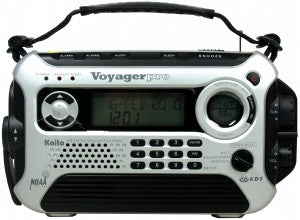
3. Be aware of avalanche danger. You don’t have to venture very far up into the hills for a winter adventure, but if you do decide to ascend, know your mountain! Most states maintain an avalanche forecast website (like Utah’s [utahavalanchecenter.org] or the Northwest Weather and Avalanche Center’s[ nwac.us]). Check conditions before you go, but keep in mind: atmospheric changes can affect the accuracy of weather forecast predictions—weather is fickle! Be prepared for drastic changes. When traveling on steep slopes, be sure that someone in your group has formal avalanche training and knows how to use avalanche safety equipment.
Best bet: When venturing into possible avalanche territory, keep some type of rescue whistle with you like the Fox 40 Classic Whistle. If you are caught in an avalanche, your biggest worry is going to be if you’ll be rescued in time. A whistle that reaches over 100 decibels can alert rescue parties to your location. The absolute best bet, however, is to know the signs of an avalanche, and to not get caught in one in the first place.
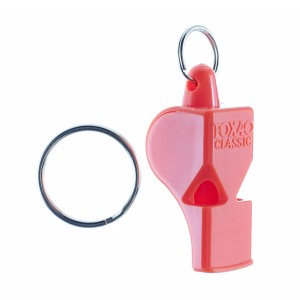
4. When it comes to clothing, think LAYERS. A good way to remember how to dress for cold is the three Ws: a wicking layer (a thin layer of clothing made from cotton, silk, or synthetic materials to keep moisture off the skin), a warm layer, and a waterproof layer. Those layers will keep you warmest and driest, and will also allow adjustments for variations in conditions.
5. Stay hydrated. Water’s always on our mind during a hot summer hike, but we’re less conscious of it during colder weather. The fact is that the danger of dehydration is every bit as real in winter scenarios and can increase your risk of hypothermia. In a pinch, you can boil clean snow—but don’t eat it! Eating snow will lower your core body temperature quickly, putting you at risk of hypothermia.
Best bet: Hot liquid hydrates just as well as cold and is probably lots more appealing in the frigid weather. Try the Hot Can Self-Heating Hot Cocoa, and you won’t have to force yourself to drink up!
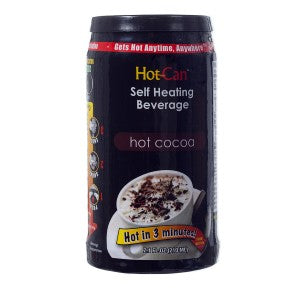
6. FIRE. Period. Nothing keeps us as warm, as dry, or as sane as a nice, crackling campfire. Winter conditions can make fire building trickier, but not impossible.
Best bet: Skip the damp matches and go for
Stormproof Matches or a good strike set, like the Bear Grylls Fire Starter or Coghlan’s Magnesium fire starters. Or check our
Baby Steps: Gathering Fire Making Supplies for more fire starting tips.
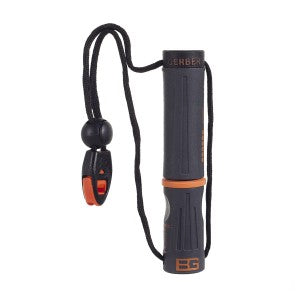
7. Up your calories. Richer meals and high-energy snacks can keep your body’s furnace blazing and your core temperature high. It’s even recommended to eat a high-calorie bedtime snack to stay warmer through a cold winter night.
Best bet: Try keeping [calorie bars], like the
New Millennium line, handy for a quick warm-up.
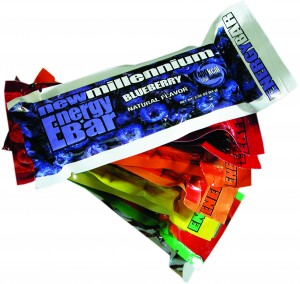
8. Sleep warm. A low-temp sleeping bag is a no-brainer for winter camping. But did you know that the ground under you can freeze you just as miserably as the frigid air around you? Layer an insulated pad between your sleeping bag and the ground for a much warmer nighttime experience.
Best bet: The Slumberjack Latitude 0° Mummy Bag has a clever zipper and sleeping hood for maximum heat efficiency. Pair it with an insulated sleeping pad, like the Klymit Static V pad, for even more warmth.
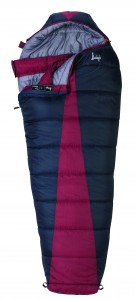
9. Keep extremities warm. Your body’s going to make sure your core is nice and cozy, but what about your fingers and toes? That’s up to you. Those are also the body parts you need for skills like walking and making fires. Oh, and they’re really prone to frostbite. Don’t ignore cold, tingly, or numb digits.
Best bet: 18+ Hour Hand and Body Warmers. They’re small, cheap, and extremely long lasting. Put them in pockets, packs, sleeping bags, shoes, everywhere.
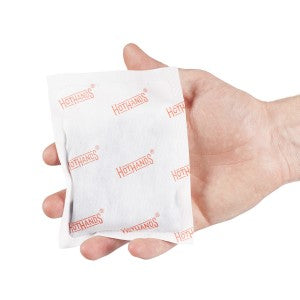
10. Use a liquid fuel stove. Between extra food and specialized gear, winter camping can get bulky in a hurry. A super lightweight canister stove is a tempting way to cut pack weight. But in cold weather or at high altitudes, air pressure is going to be lower, and canister stoves can sputter, boil slowly, or stop working altogether. Liquid fuel stoves are a bit heavier, but won’t lose functionality at below-freezing temperatures.
Best bet: The Optimus Nova Stove
is a 4-season stove that will keep a nice, hot flame burning in the cold and is more versatile than your standard canister stove. Use it with white gas, kerosene, even premium gasoline!
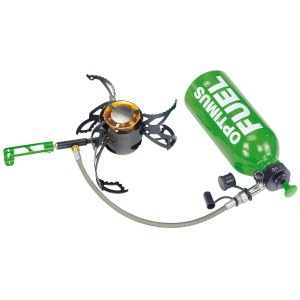
These tips should give you a good start if you’re headed out on a winter adventure.
What are your best tips and gear recommendations for cold-weather camping?
Sources:
http://usatoday30.usatoday.com/weather/wforcst0.htm
http://hikesafe.com/index.php?page=avalance-safety
http://en.wikipedia.org/wiki/Layered_clothing


















1 comment
Bob Dougherty
I have to take issue with you on Item 4/Layering. At least so much of item 4 that suggests a base (wicking) layer of cotton! The old adage “cotton kills” has been around for a long while for a reason…it retains moisture and cold next to the skin. Try using polyester as a wicking layer instead. Moisture, like sweat, will pass through it!